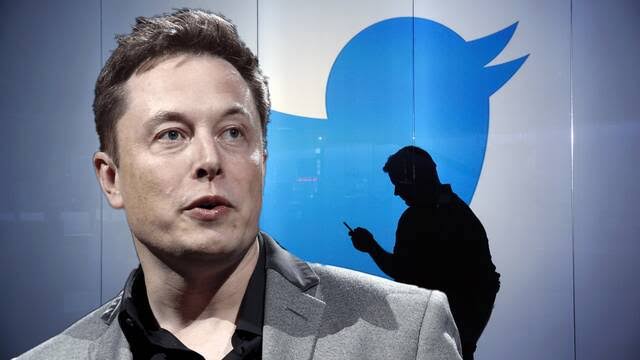
New research claims 50 of Twitter’s top 100 advertisers have stopped advertising on the platform after Musk’s AU$66 billion takeover.
The non-profit media watchdog Media Matters for America published the report on Tuesday, which claimed those 50 advertisers accounted for almost US$2 billion (A$2.96 billion) in Twitter’s ad spending since 2020.
It said in addition, seven other major companies appeared to be slowing the rate of their advertising to a negligible amount.
“Since 2020, these seven advertisers have accounted for over $255 million in spending on Twitter and nearly $118 million in advertising in 2022,” it found.
While big-name companies have made their intentions to stop advertising known, other major advertisers have been “quiet quitters”.
Chevrolet, Chipotle Mexican Grill Inc, Ford, and pharmaceutical corporation Novartis are among those who publicly announced their spending cessation.
Stream more tech news live & on demand with Flash. 25+ news channels in 1 place. New to Flash? Try 1 month free. Offer available for a limited time only >
Meanwhile, Coca-Cola Company, CNN, Dell and American Express are among the “quiet quitters”.
The researchers said the report used commissioning data from Pathmatics – an advertiser database and digital marketing intelligence firm.
“These companies were previously advertising on Twitter, but then stopped for a significant period of time following direct outreach, controversies, and warnings from media buyers,” the report stated.
The researchers believed the scaling back of advertising was linked to Musk’s “amplification of conspiracy theories”, the decision to reinstate banned accounts and the verification scheme which allowed users to purchase a blue tick and mimic brands and people.
Musk has previously alluded to companies and activists launching a campaign against him by teaming up to pull funding from Twitter.
“A large coalition of political/social activist groups agreed not to try to kill Twitter by starving us of advertising revenue if I agreed to this condition,” he recently tweeted.
“They broke the deal.”
At the other end of the scale, an Australian industry leader in the small and medium size business space says Twitter’s advertising was traditionally unappealing to that section of the market.
Daniel Stoten, Executive Chairman at Localsearch, an Australian digital marketing provider, said most businesses opted for Facebook or Instagram for a better return on investment.
“Digital advertising is the main revenue driver for social media platforms to survive and remain true to their purpose – provide a platform for consumers to be social with one another,” he told news.com.au.
“For businesses, Twitter isn’t typically their main social platform for advertising. This tends to be on Instagram and Facebook instead.
“With Elon Musk wanting to remove some content moderation, this does raise some concerns around misinformation being shared and brands should rightfully be cautious about associating their advertising with this in play,” Mr Stoten continued.
“For instance, when SMBs (small and medium businesses) run a Google Ads digital advertising campaign, the campaign has to be approved first by Google as they checklist the content against a variety of factors, including appropriate language and the demographic nature of the content.
“The most important thing to remember about any social media platform is that it will have to abide by the same rules, regulations and laws as every other social media app. This includes privacy laws, Apple’s transparency rules about asking users to allow data tracking and potentially government pressure to remove harmful content.”
Mr Stoten said businesses should avoid putting “all their eggs in one basket”.
“Diversifying their activity across different platforms is encouraged,” he said.
According to Localsearch, Twitter is Australia’s eighth most-used social media platform – reaching just 19 per cent of the population.
“It’s no surprise SMBs are gravitating towards the big players, like YouTube (through Google Ads), Facebook and Instagram,” Mr Stoten said.
“When you’re an SMB who already has limited time and budget, you’re going to want to stick with where you can get in front of the most people who will be interested in what you do for the most profitable return on investment — and that’s just not Twitter right now.
“Maybe in the future Twitter may climb the ranks in popularity in Australia, but in regional communities, it’s not right now, and business owners are very well aware of this.”